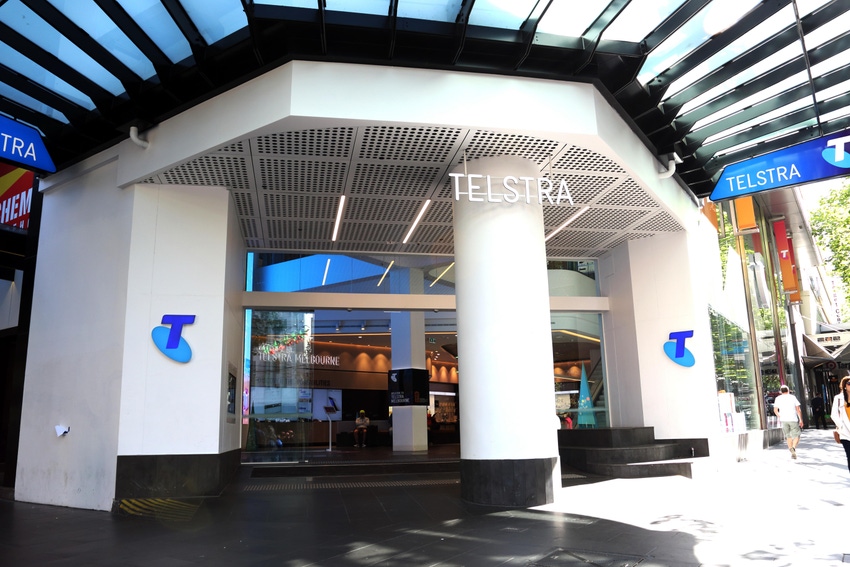Australia could delay 3G shutdown if emergency call problem not addressed
The Australian government said over 740,000 older 4G handsets could also be affected by the 3G shutdown, depriving people of the ability to access emergency services.

The Australian government has formed a new working group that will ensure the country's smooth transition from 3G to 4G after it was discovered that an estimated quarter of a million older 4G handsets would not be able to call the emergency Triple Zero number when Telstra and Optus close their 3G networks later this year.
The new working group was established two days after Australian Communications Minister Michelle Rowland raised the alarm on the problem on Sunday and asked the country's three major mobile operators – Telstra, Optus and TPG – as well as the Australian Mobile Telecommunications Association (AMTA), to join the working group.
The Department of Infrastructure, Transport, Regional Development, Communications and the Arts has observer status.
"Immediate action is needed and that is why I have asked mobile operators to establish a new working group so that industry can collectively act towards improving their customer and handset identification and public information on this matter," Rowland told the Australian parliament yesterday.
She added that the three mobile operators will submit their action plans to her department by March 25 and subsequently will provide fortnightly updates.
"I've told CEOs directly that consumers must have an easier way to check if their handset is affected," she said.
Older 4G handsets don't support VoLTE emergency calls
Mobile carriers, as well as the AMTA, have been actively preparing the public for at least two years for the impending 3G shutdown. The plan to switch off Australia's 3G network was announced in 2019 to provide a more efficient use of spectrum by mobile network operators to boost capacity and data speeds.
TPG-owned Vodafone has already switched off its legacy network at the end of January, while Telstra and Optus are scheduled to power down their 3G networks on June 30 and September 1 respectively.
Australians have been urged to upgrade affected devices to ensure they have connection to faster 4G and 5G mobile services.
However, Rowland said that more than 740,000 older 4G handsets could also be affected by the shutdown, depriving people of the ability to access emergency services through the Triple Zero number.
A number of these older 4G phones were bought via the gray market and they may not be appropriately configured to make emergency calls following the switchover.
"The industry has been identifying and contacting customers with these devices; however, there is also a subset of 4G handsets that use 4G for voice and data but are configured by the manufacturer to use 3G for Triple Zero calls.
"This category of handset is of more concern because it will not be apparent to users that their handset cannot call triple zero after the switchover. They will only discover this during an emergency," she told Australian lawmakers.
Older 4G handsets have the Voice over LTE (VoLTE) capability that enables voice calls and Internet access, but these devices revert to 3G for emergency calls.
The AMTA flagged this issue in November – three weeks before Vodafone started phasing out its 3G network last December 15.
"It's crucial to act now if you know you have an older mobile device that connects to a 3G network and you have not already upgraded. If devices are not upgraded, it could mean that you are no longer able to make emergency calls to 000 from that device once Australia’s 3G networks are fully inactive," AMTA CEO Louise Hyland had said in a statement.
AMTA has listed 25 most common devices that will likely be affected by the 3G closure, including three devices from the Apple iPhone 5 series, two Samsung Galaxy smartphone models and Google Pixel 2 XL, as well as several handsets from Huawei and Oppo.
Delay of 3G shutdown an option
Rowland said the government takes the issue extremely seriously and will continue to monitor the switchovers.
"Options exist in law, including potential proposals to delay 3G switchovers if that is in the public interest and subject to public consultation processes.
"Australians rightly expect the Triple Zero service could be relied on when they need it. It is one of the critical public interest requirements for mobile carriers. The industry is now on notice to resolve this as an absolute priority," Rowland said.
Telstra, which is the next operator to shut down its 3G networks, told local media that it is working closely with other mobile network operators, the ACMA (Australian Communications and Media Authority) and the federal government to manage Australia’s transition from 3G to 4G/5G.
“It’s a significant investment by the mobile operators in the connectivity and future productivity of the country through increased speed, capacity and efficiency. We can’t deliver these improvements across our networks without closing 3G,” a Telstra spokesperson said.
The spokesperson added that 3G now accounts for only 1% of Telstra's mobile network traffic, as a vast number of customers have started upgrading their mobile devices since the 3G shutdown was announced five years ago.
The concern surrounding the inability to reach emergency services was highlighted last month when a person from Melbourne died from cardiac arrest during an hour-long Triple Zero outage that affected the Telstra network.
Furthermore, Optus paid a AU$1.5 million (US$980,316) fine early this month after it was found to have breached large-scale public safety rules around its Triple Zero system.
Read more about:
AsiaAbout the Author(s)
You May Also Like




_International_Software_Products.jpeg?width=300&auto=webp&quality=80&disable=upscale)







